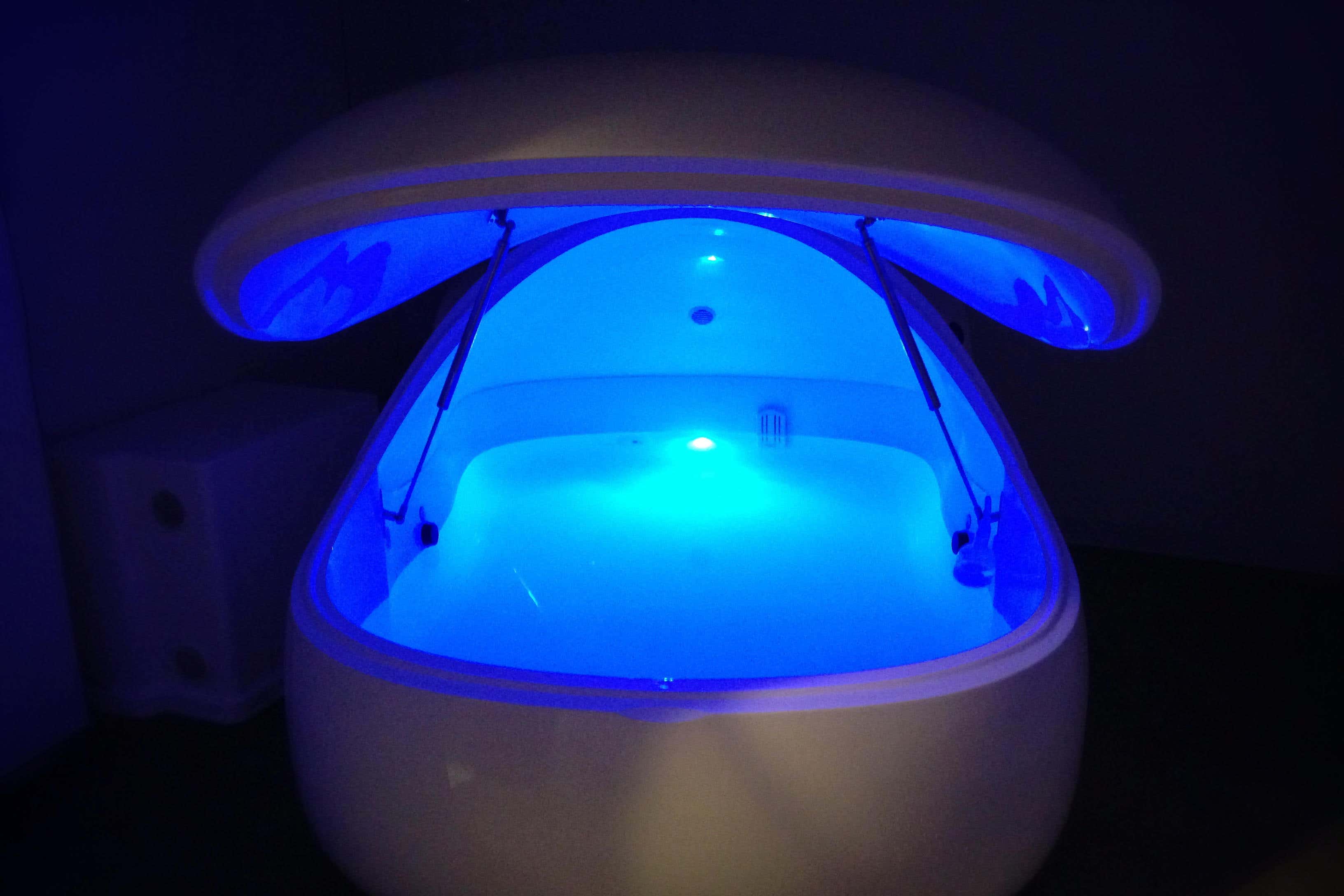Sensory deprivation tanks ‘could help anorexia patients’ – study
Researchers say float therapy offers a new therapeutic direction in treating patients with anorexia nervosa and other eating disorders.

Your support helps us to tell the story
From reproductive rights to climate change to Big Tech, The Independent is on the ground when the story is developing. Whether it's investigating the financials of Elon Musk's pro-Trump PAC or producing our latest documentary, 'The A Word', which shines a light on the American women fighting for reproductive rights, we know how important it is to parse out the facts from the messaging.
At such a critical moment in US history, we need reporters on the ground. Your donation allows us to keep sending journalists to speak to both sides of the story.
The Independent is trusted by Americans across the entire political spectrum. And unlike many other quality news outlets, we choose not to lock Americans out of our reporting and analysis with paywalls. We believe quality journalism should be available to everyone, paid for by those who can afford it.
Your support makes all the difference.Sensory deprivation tanks could help patients with anorexia nervosa, a new, small study suggests.
Users are placed in a lightproof, soundproof, humidity and temperature-controlled environment where they float in a shallow pool of warm water saturated with Epsom salts.
Also known as float therapy, or reduced environmental stimulation therapy, the method has become increasingly popular among the general public as a stress reduction tool.
Now a study, led by academics from the Laureate Institute for Brain Research (LIBR) in the US, has examined whether or not the tanks can help anorexia nervosa patients.
This breakthrough offers a new therapeutic direction in treating anorexia nervosa, a psychiatric disorder known for its challenging prognosis and high mortality rate
Experts compared the therapy with usual care among 68 women and girls who needed to be admitted to hospital.
Some 45 received float therapy. They were given eight 60-minute sessions over four weeks in addition to usual care.
Researchers measured the average change in body dissatisfaction and anxiety levels after each session and again six months later.
Those who received float therapy had “acute reductions in body dissatisfaction”, according to the study, which has been published in the journal EClinicalMedicine.
These women and girls were also reported lower levels of anxiety after taking part in the therapy.
There were no significant changes among those who received usual care.
And six months after treatment had ended, those who participated in float therapy were less likely to be dissatisfied with their bodies compared with those who received usual care, the authors said.
The researchers said that the therapy “has potential utility for the treatment of body image disturbance and anxiety in anorexia nervosa”.
But they acknowledged that the number of people involved in the study was “modest”.
“This breakthrough offers a new therapeutic direction in treating anorexia nervosa, a psychiatric disorder known for its challenging prognosis and high mortality rate,” said psychiatrist Sahib Khalsa, director of clinical operations at LIBR, and senior author of the study.
“Anxiety is a common co-occurrence in anorexia nervosa that does not respond well to standard anxiolytic medications such as benzodiazepines.
“The large anxiety reductions induced by float therapy in these patients suggest that this tool presents a potent opportunity to treat anxiety via non-pharmacological means in anorexia nervosa.
“Additional research is needed to examine the anxiolytic effects of float therapy in other eating disorders.”
Co-first author Emily Choquette, a clinical psychologist and postdoctoral scholar at LIBR, added: “These findings also make way for new forms of treatment for eating disorders which, in conjunction with traditional treatments, may help to alleviate diagnostic features of anorexia nervosa that are more difficult to treat, such as body image.
“The reliable and sustained effect of floatation-REST on body image dissatisfaction suggests that it may be studied as a tool to augment the effectiveness of traditional psychotherapies.”